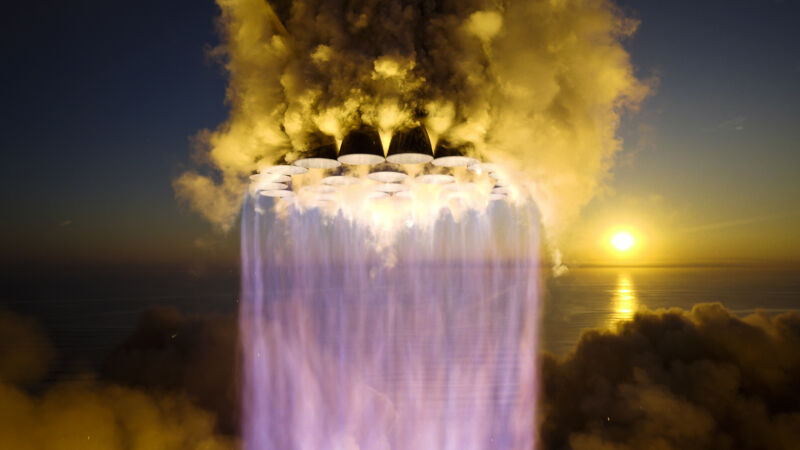
SpaceX
SOUTH PADRE ISLAND, Texas—Starship launches are clarifying events. Pretty quickly after liftoff you find out who understands the rocket business, and who are the casual observers bereft of a clue.
Before I had even left the launch viewing area in South Padre Island on Saturday morning headlines started to fill my news feed. The Wall Street Journal led with, “SpaceX second Starship test flight ends in another explosion.” Bloomberg was still more dour, “SpaceX Starship and Super Heavy Booster Launch and Failure.” Perhaps, after consultation with their beat reporters, editors subsequently changed these online headlines. And the stories themselves better reflected the reality. Nevertheless, much of the media coverage of the launch delivered a harsh verdict: Another failure for Elon Musk and SpaceX.
I mean, yes. The first stage of the Starship rocket, Super Heavy, did explode. And the upper stage, Starship, had a failure that caused its flight termination system—explosives on board in case a vehicle begins flying off course—to detonate. But that was to be expected on such an experimental, boundary-pushing test flight.
Leading with words like “failure” and “explosion” are kind of like putting the headline “Derek Jeter had a strikeout” on a news story about the 2001 World Series game in which he later hit a walk-off home run. Like, it’s accurate. But it’s a lazy take that completely misses the point.
Rapid rebuild of ground systems
Here’s what SpaceX actually accomplished with its second Starship launch on Saturday morning, from a narrow peninsula of land at the southern extremity of Texas.
The vehicle’s first launch, in April, caused significant damage to the launch mount and surrounding infrastructure. At SpaceX founder Elon Musk’s direction, the company had attempted to determine whether it could get away with launching the massive rocket without an advanced sound suppression system to mitigate launch pad damage. Turns out, that’s a no. The first Starship launch shredded the launch site by throwing chunks of concrete for miles around.
Musk and SpaceX learned their lesson and completely redesigned and rebuilt the launch pad to incorporate a sophisticated water-based sound suppression system. By August, just four months later, it had not just built the complex system, but tested it. All of these changes resulted in a far more robust launch pad, which survived Saturday’s liftoff largely unscathed.
Afterward I spoke with Phillip Rench, an engineer who worked at SpaceX for five years and for a time directed the company’s Starbase facility near Boca Chica Beach in South Texas. He was impressed by the speed of the rebuild and smoothness of the ground-support operations for Saturday’s launch.
“The thing I think about, and which probably goes unnoticed by most, is how extremely hot and humid it is in Boca during the late summer and fall,” he said. “The team that just rebuilt the orbital launch mount, water deluge, and remaining launch pad just did so in the hottest, most miserable part of the year. I remember having mild heat stress almost every day in August and September while working on the pad. I give kudos to those technicians, welders, and engineers that spent the last seven months out in the field making this happen.”


